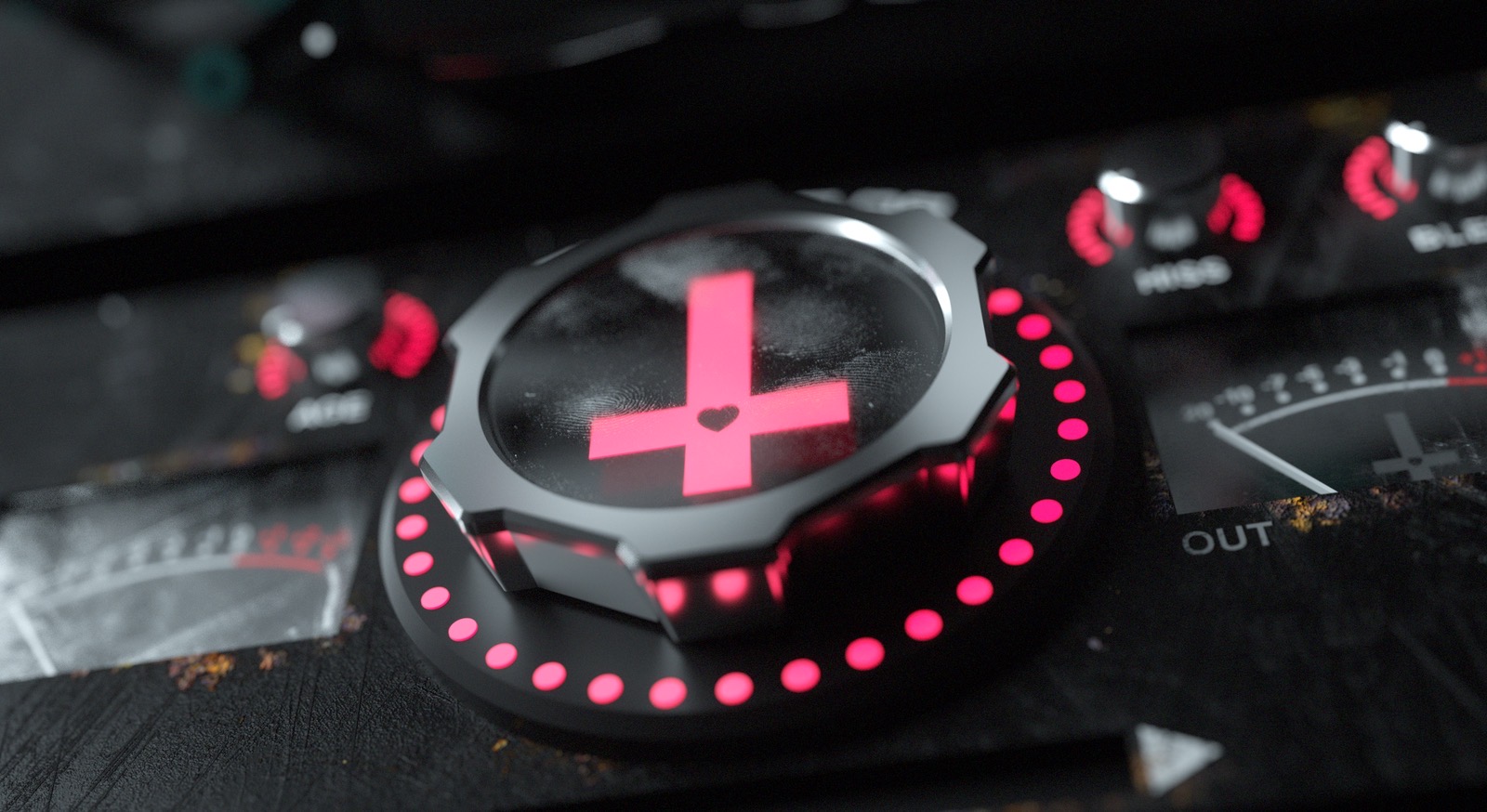
The Kissof Shame
The world's very first AI-enhanced magnetic tape emulation
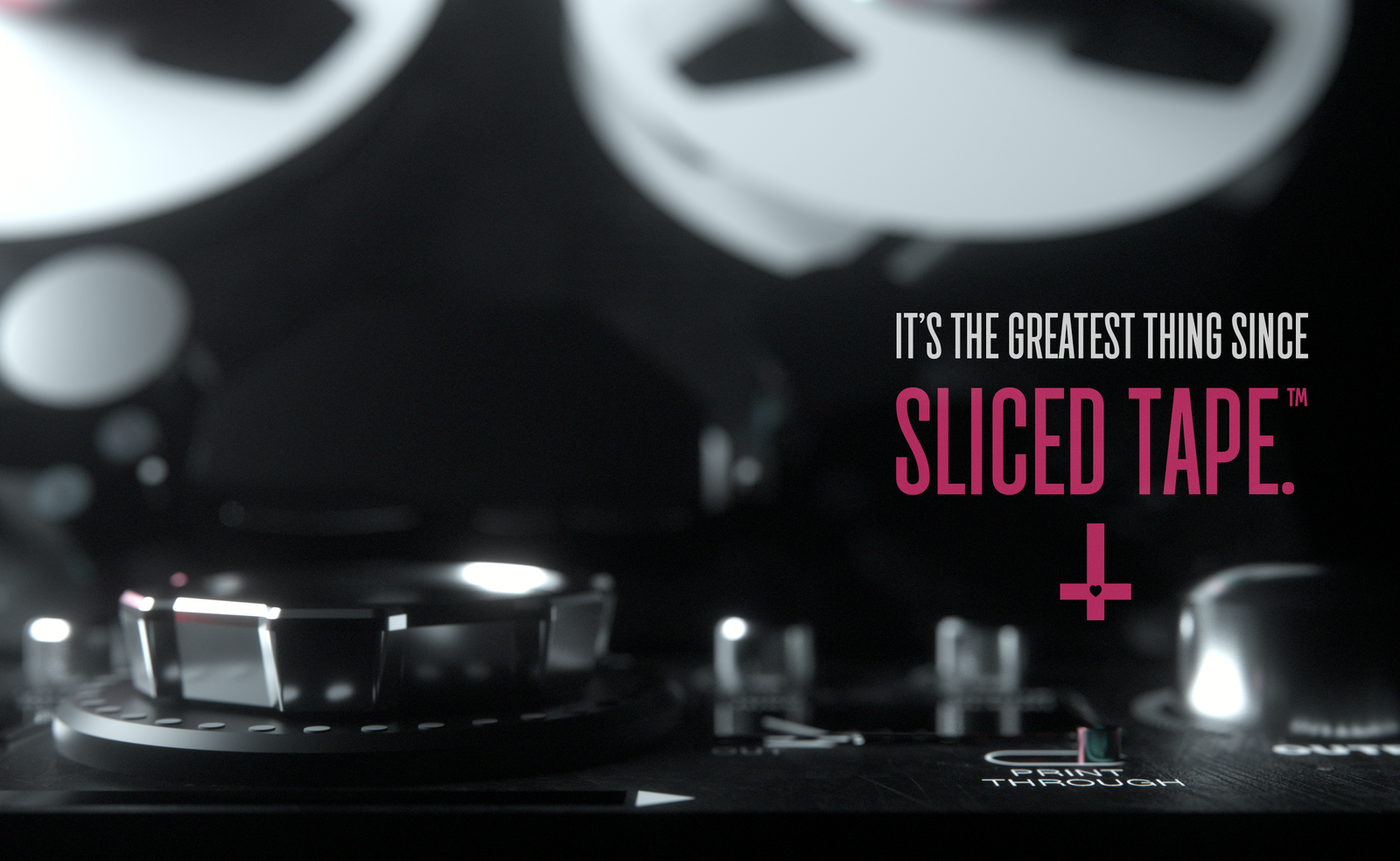
Interface > Algorithm
With most pro-audio software, the user experience is an afterthought. I inverted this paradigm. The UI design dictated the algorithm design.
The Minimal Feature Set
While most analogue tape emulation DAW plugins overflow the UI with endlessly tweak-able parameters, every pixel on the Kiss of Shame was designed with the utmost intention. Rather than overwhelming users with technical faculities, I distilled the tape emulation into its most essential, sonically-relevant controls.
The central 'Shame' knob was my north star: A single control that elegantly orchestrates complex interactions between a host of high-fidelity emulative signal processing including drift, wow, flutter, and scrape-flutter. The first + the latter have still never been modeled by any other SW offering in the digital audio domain.
Algorithm Constraints
Each algorithm was optimized for zero-latency processing
To optimize perf, only phenomena that enhanced had measure effect on source signal character were modeled
Complex processes mapped to simple, expressive parameters rather than a host of buttons, switches and drop down menus
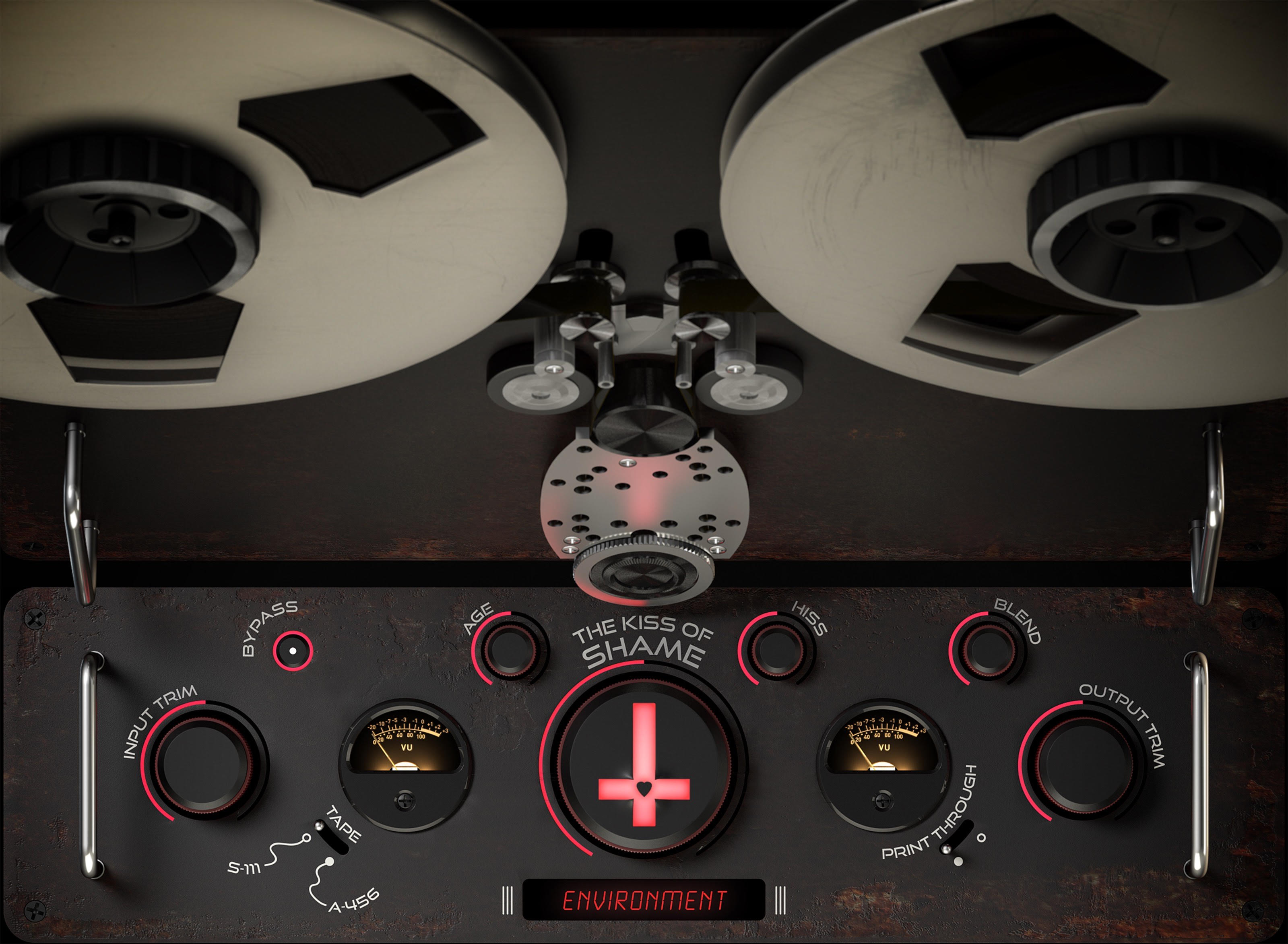
Complete plugin interface: Design-driven approach where visual elements directly influenced algorithmic development
Iterative Refinement
Through rounds of data + intuition-driven iteration, I consolidated parameters and coordinated interface development with algorithm refinement to achieve a minimal yet powerful feature space.
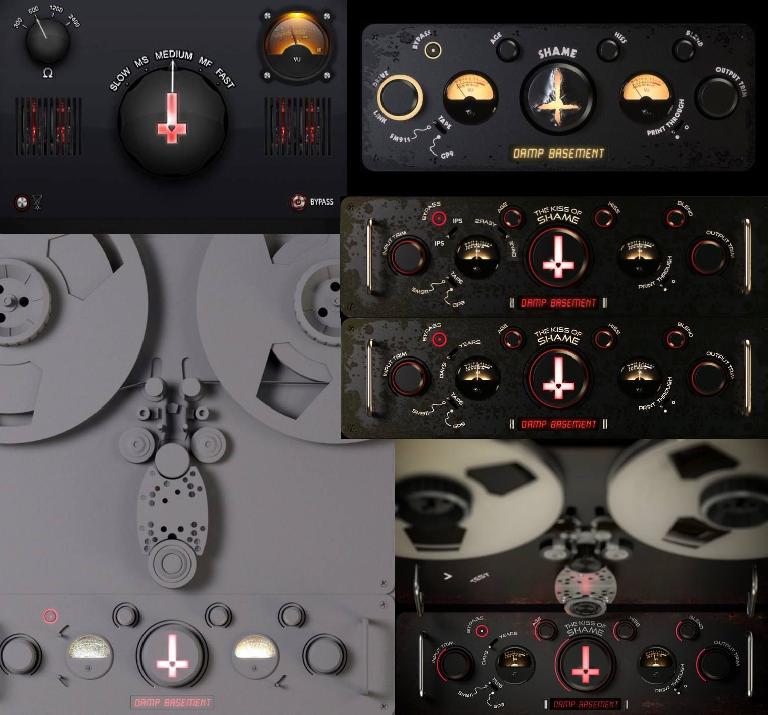
From Complexity to Clarity
Early mockups explored either entirely different feature spaces and varying layouts. Via rigorous testing + user feedback, we systematically eliminated redundant controls and consolidated related functions into a largely unified parameter set.
Physical tape reels served as both inspiration and obstacle—the tactile nature in this use case demanded that digital interactions feel equally immediate and intuitive. Each iteration brought us closer to this ideal of transparent control.
Parameter Consolidation Strategy
Multiple DSP processes mapped to single, actionable controls
Interface changes drove corresponding algorithm optimizations
Each iteration refined the relationship between control importance and visual weight
Early Prototypes
15+ individual parameters, complex routing matrices
Final Interface
7 essential controls, unified parameter mapping
AES Convention 2014: The Laboratory
Debuting at the Audio Engineering Society Convention provided an unprecedented opportunity for grassroots user experience research with the world's most discerning audio professionals.
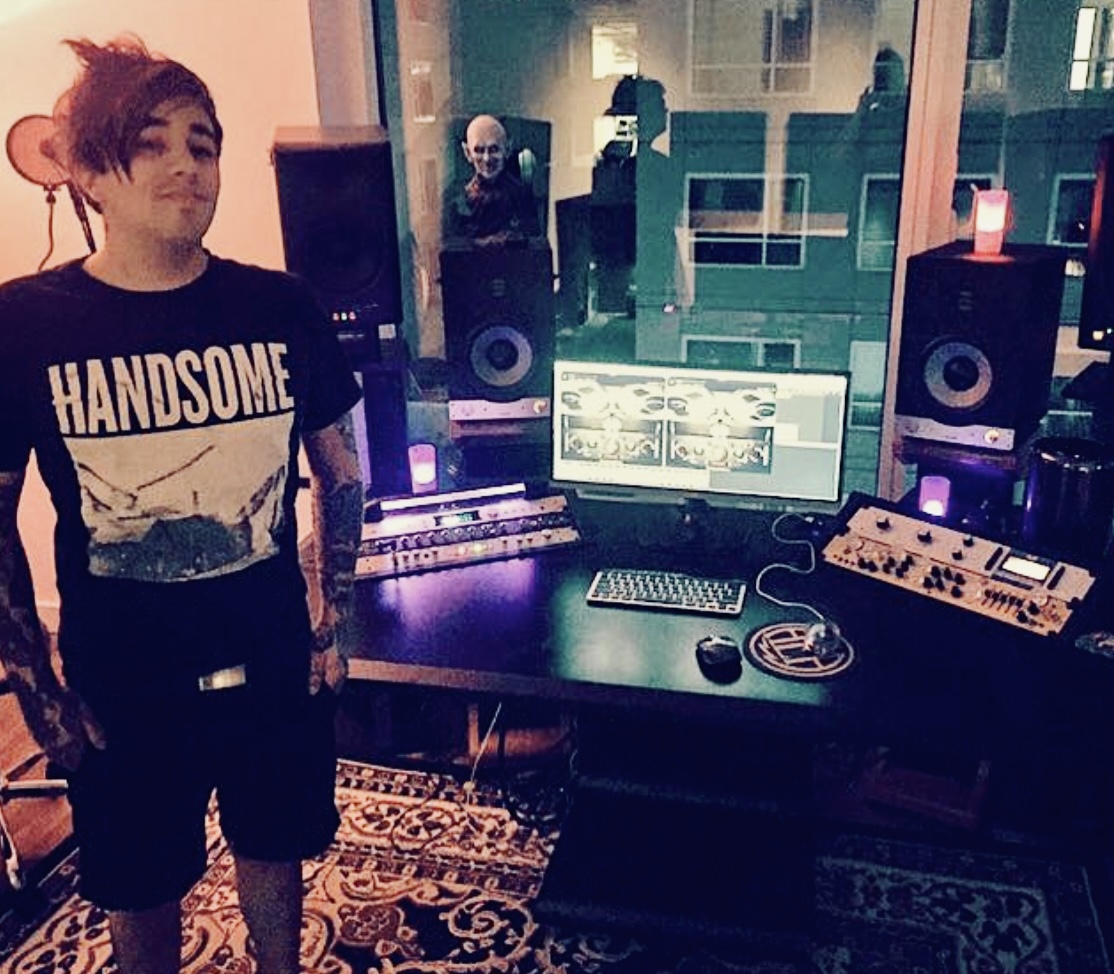
Running through an early pre-beta build of The Kiss of Shame at my former studio in the W Hollywood Residences - Los Angeles, California
Real-World Validation
The convention floor became our usability laboratory. Watching Grammy-winning engineers interact with the interface revealed critical insights about professional workflow integration.
The interactive reels, initially conceived as a novel interface element, proved to be the plugin's most compelling feature—engineers immediately understood the tactile metaphor.
Key Insights
Physical interactions translated perfectly to digital interfaces
Animated elements provided crucial processing state information
Single-window design eliminated context switching
Thoughtful Hierarchy
Every element's position, size, and visual weight was carefully considered to guide the user's attention through a logical progression of creative decisions.
Visual Hierarchy
The interface follows a clear visual hierarchy: the interactive reels command attention at the top, the central 'Shame' control anchors the experience, while supporting parameters maintain their importance without overwhelming.
Color, scale, and positioning work in harmony to create an intuitive flow that mirrors the natural progression of tape processing decisions.
Primary Controls
Reels, Shame knob - immediate visual focus
Secondary Controls
Age, Environment - supporting parameters
Utility Controls
I/O trim, blend - workflow essentials
Feedback Elements
VU meters - processing visualization
Logic Pro X (AU) demonstration showing real-world parameter interaction and workflow integration
Analog Circuitry & Magnetic Tape Emulation
Design-driven algorithm development where user experience requirements shaped the fundamental approach to magnetic tape and analog circuitry modeling.
Design-Driven Emulation
Rather than modeling every aspect of magnetic tape physics, we identified the most musically significant degradation characteristics and built our algorithms around them. The interface dictated which phenomena deserved computational resources.
This selective approach allowed us to achieve authentic tape character while maintaining real-time performance—a critical constraint that shaped every algorithmic decision.

Physical hardware inspiration: The signature pink cross branding that influenced both visual design and algorithmic approach
Design-Driven Algorithm Selection
Each emulated phenomenon was chosen not for technical completeness, but for its contribution to the user's creative workflow and sonic palette.
Wow & Flutter
Modeled as time-varying delay lines with stochastic period fluctuations, controlled by the central Shame parameter for intuitive creative control.
Print-Through
Mechanical speed fluctuations that became sonic signatures of classic recordings, implemented as controlled bleed-through effects.
Reel Dynamics
Expansion and contraction modeling affecting tape tension and speed consistency, visualized through interactive reel animations.
Machine Learning Integration
We were pioneers in applying machine learning to account for the vast nonlinearities inherent in magnetic tape and analog circuitry. The AI didn't replace traditional DSP—it enhanced it.
Neural networks learned the complex interactions between multiple degradation factors, allowing single-parameter control of multi-dimensional sonic transformations.
Nonlinearity Modeling
Magnetic domain memory affecting signal reproduction fidelity
Non-linear tape response to varying signal levels and frequencies
Complex relationships between age, environment, and sonic characteristics
Human Factors for Audio Engineering
The emulation algorithms weren't just technical achievements—they became the foundation for innovative user interaction paradigms.
Interactive Reel Metaphor
The physical act of touching spinning reels became a direct manipulation interface for flanging effects. The emulation's delay line parameters responded to gesture velocity and pressure, creating an intuitive connection between physical action and sonic result.
Design Innovation: Real-time visual feedback where reel animation speed directly correlated with flanging intensity, making the invisible audible through motion.
Environmental Storytelling
The Hurricane Sandy environment setting transformed technical parameters into narrative elements. Users weren't adjusting abstract values—they were exploring the sonic archaeology of flood-damaged tape, making parameter exploration emotionally engaging.
UX Innovation: Environmental presets that bundled complex parameter relationships into meaningful, story-driven contexts.
Revolutionary Features
First-of-its-kind tape emulation with comprehensive modeling of magnetic particle instability, substrate deformation, and machine learning-driven nonlinearities.
Touch-responsive animated reels for real-time flanging effects, simulating physical tape manipulation.
Hurricane Sandy environment modeling with authentic flood damage effects on magnetic tape characteristics.
Machine learning algorithms account for vast nonlinearities in magnetic tape and analog circuitry.
Drift, wow, flutter, scrape-flutter, print-through, and reel expansion/contraction simulation.
Technical Innovation
Advanced DSP algorithms and innovative UI design patterns that set new standards for audio plugin development.
The plugin employs sophisticated waveshaping algorithms using hyperbolic tangent functions to generate authentic tape saturation characteristics. Odd harmonics are processed throughtanh(2.0f * x) while even harmonics use tanh(0.272f * abs(x)).
Key Innovation: Real-time harmonic blending with 4kHz low-pass filtering to model high-frequency losses in vintage tape systems.
This groundbreaking feature simulates the sonic effects of tape damaged in Hurricane Sandy's flood waters, including periodic noise bursts, amplitude modulation through pink noise grains, and low-frequency rumble integration.
Noise Burst Generation
350ms envelope cycles with triangular bursts and 200ms silence gaps
Granular Modulation
Pink noise grains with 2kHz LP and 50Hz HP filtering for authentic scratch simulation
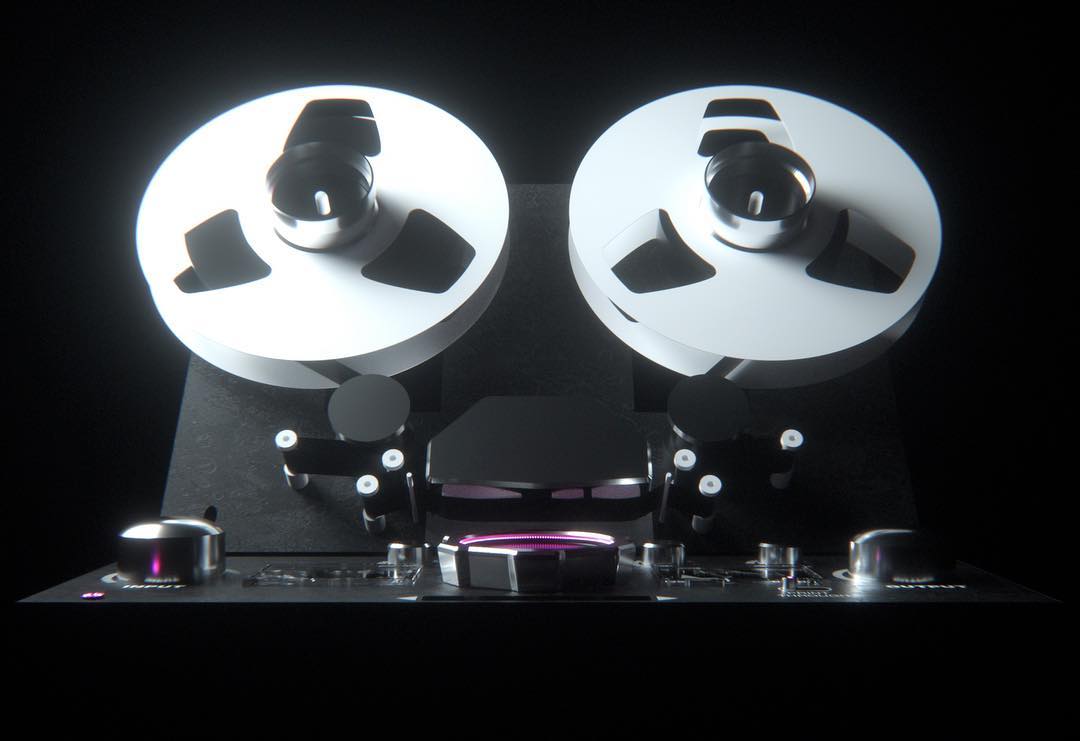
Impact & Recognition
The Kiss of Shame's open source release generated significant excitement in the audio development community.
Original Development
Open Source Release
Stars on GitHub
"It's the world's first (and to my knowledge) only tape/analog circuitry emulation plugin that realistically models the effects of magnetic particle instability, lubricant loss, substrate deformation, drift, scrape-flutter, print-through and reel expansion/contraction."— Eros Marcello, Original Developer
Media
Experience the intuitive interface + hear the unique tape emulation that captivated the pro-audio community.
Original Product Teaser
"It's the Greatest Thing Since Sliced Tape"
Comprehensive walkthrough of features and real-world application in professional mixing scenarios.
Rapid demonstration of the interactive reels and tape degradation effects in action.
Community feedback and real-world usage examples from audio professionals.
Technical breakdown of the plugin's innovative features and implementation details.